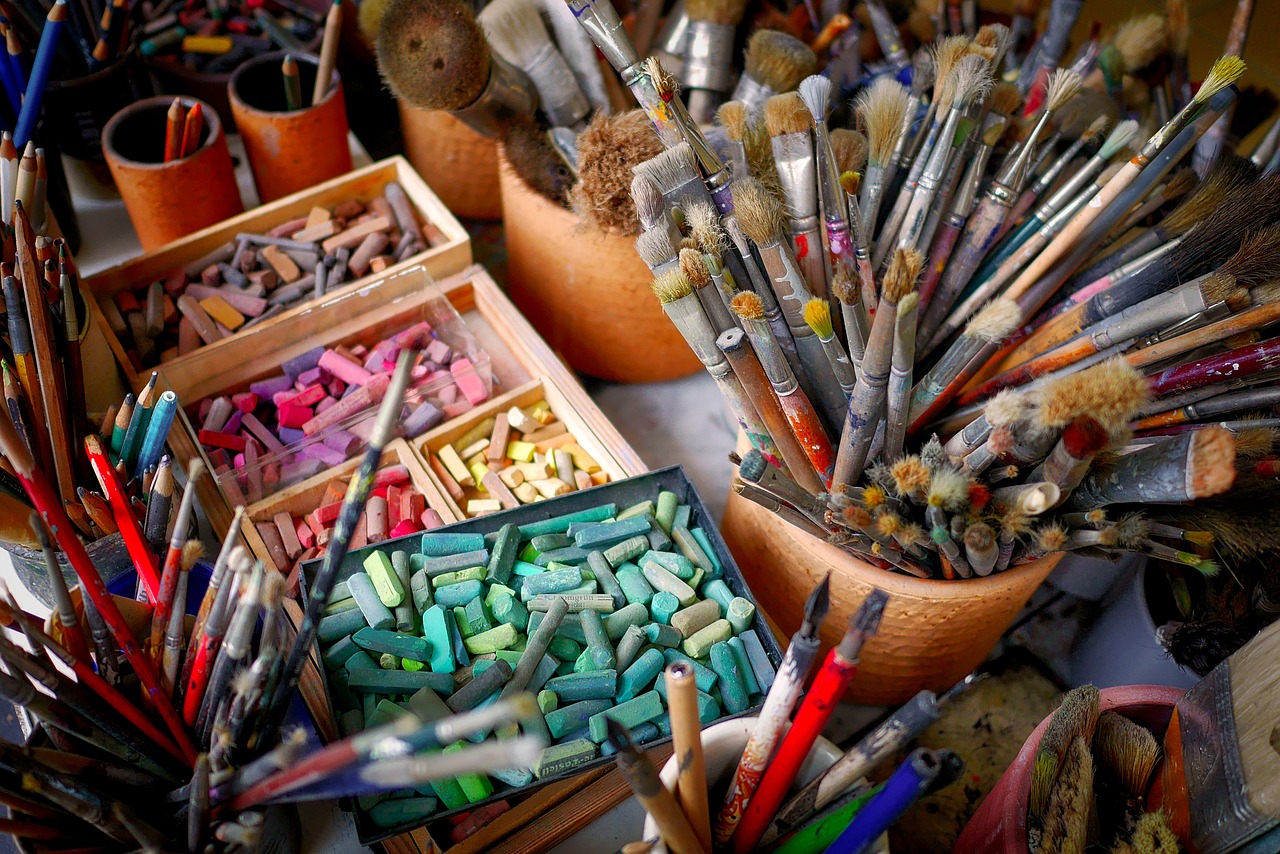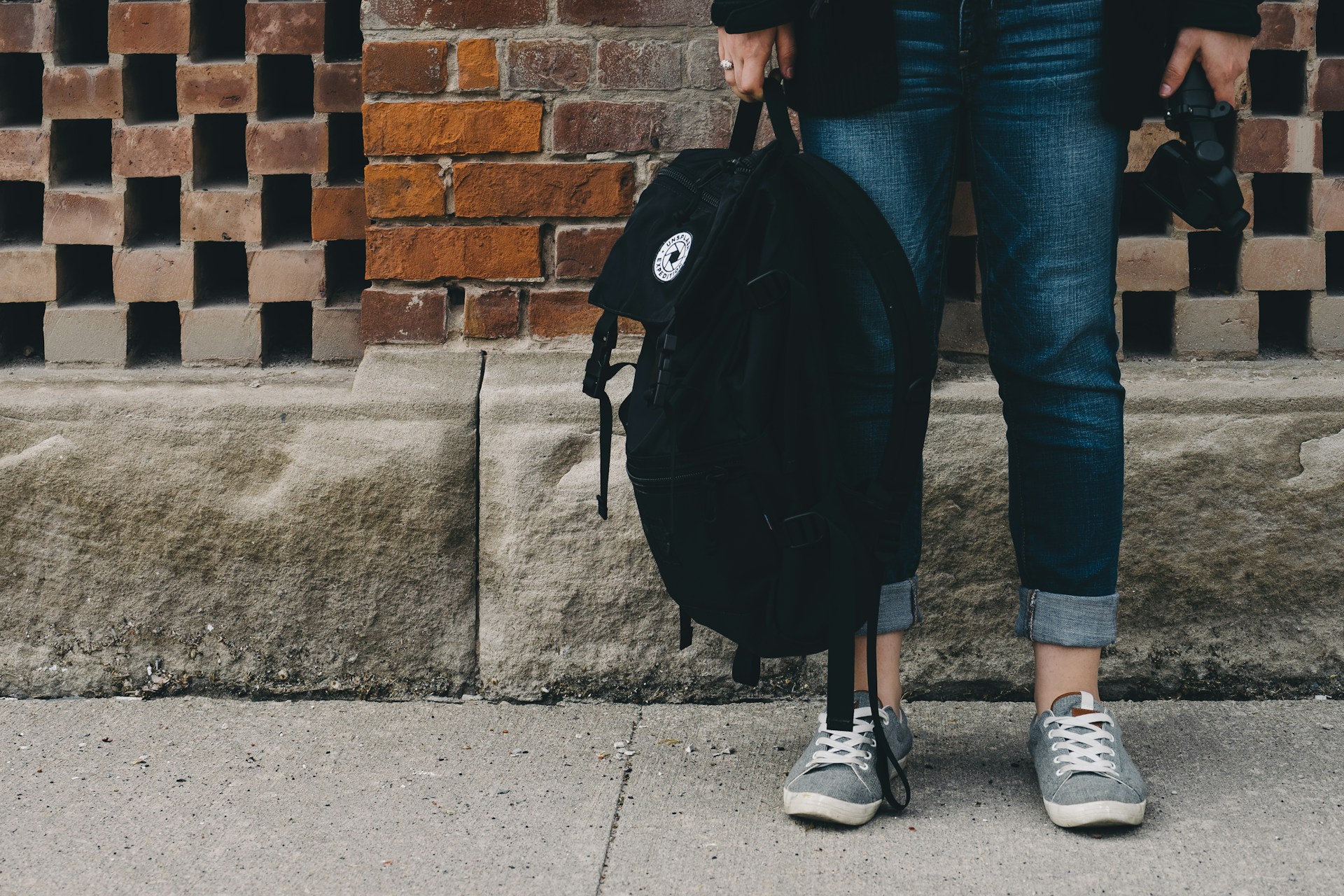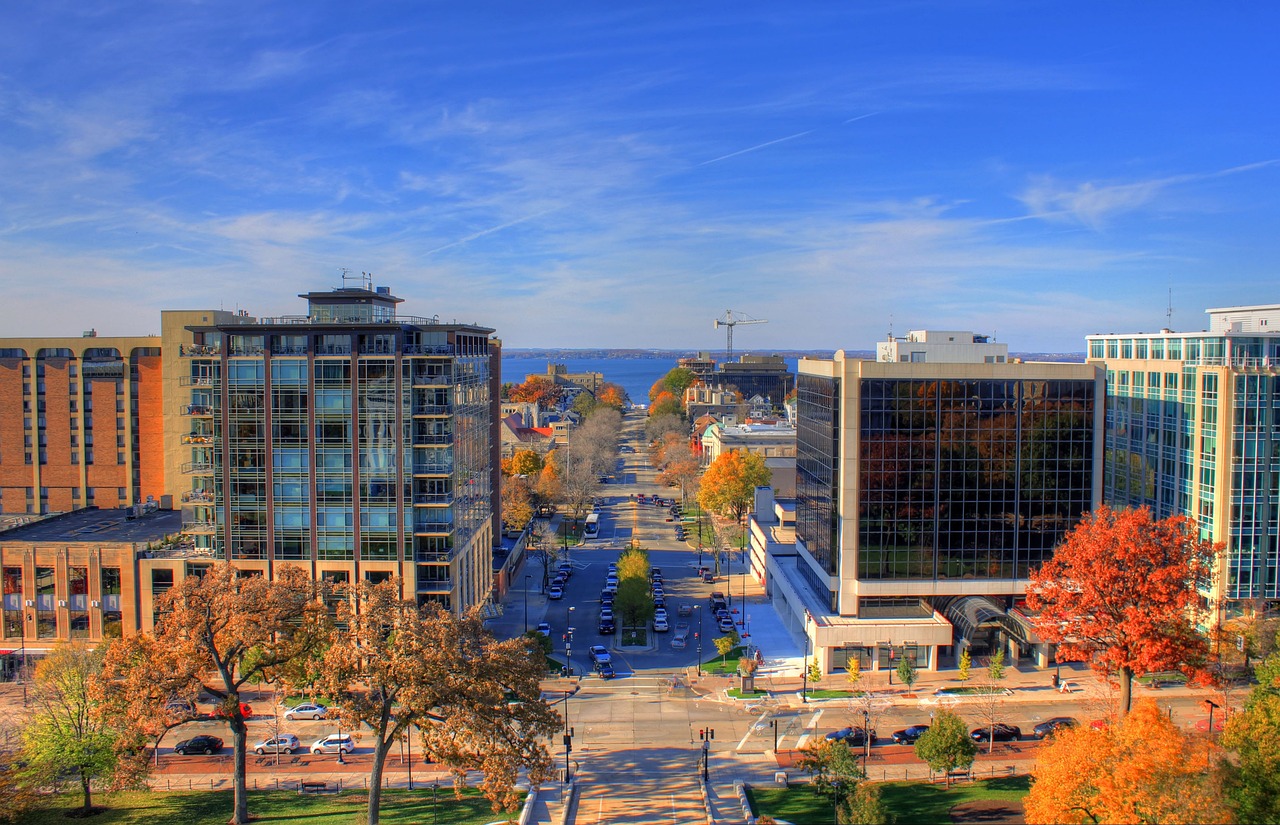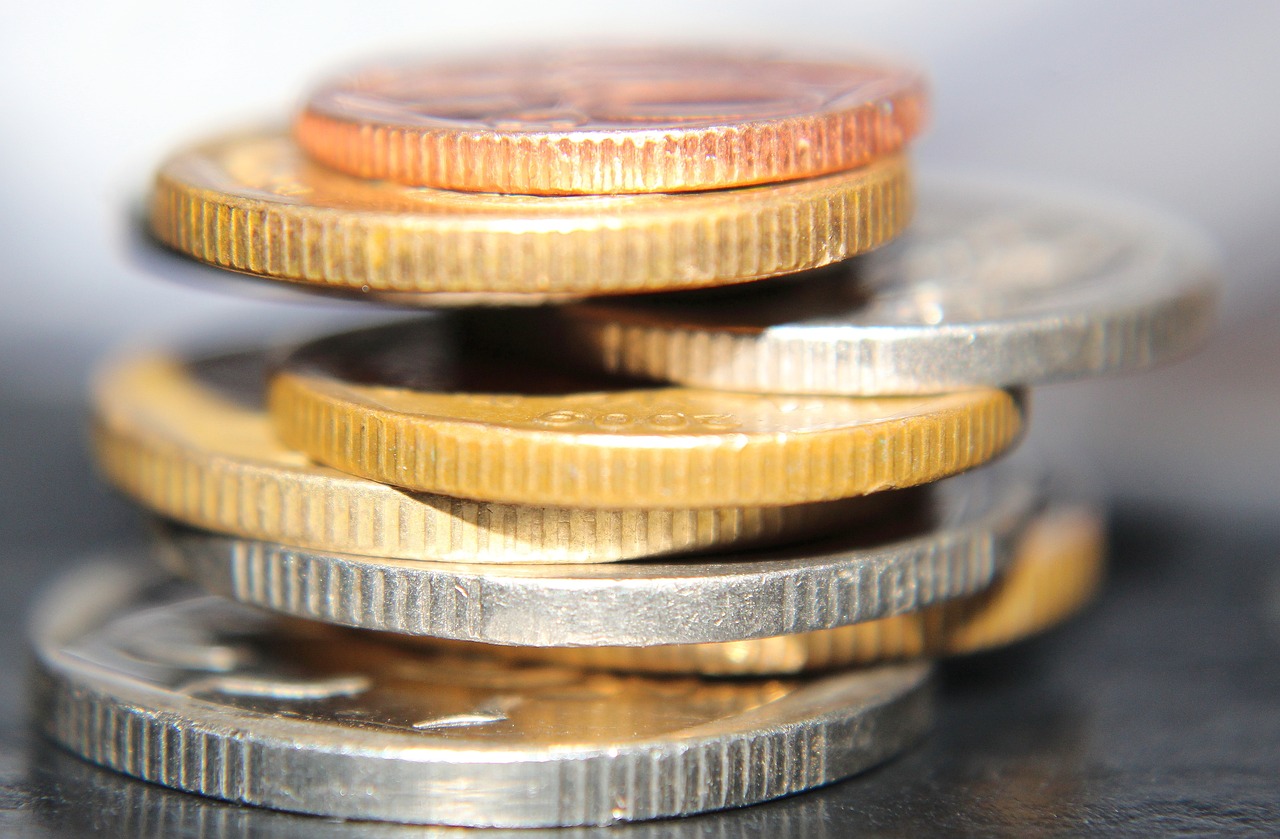Artists are crucial to the Badger State’s cultural and economic development. Thanks to organizations that support them, they have become key contributors to local communities. State agencies and independent institutions provide grants and collaborative workspaces to help individuals develop their talents and build sustainable careers.
Stay with us if you’re curious about how Wisconsin supports creative growth. We’ll tell you more about the opportunities provided by the Wisconsin Arts Board, Milwaukee Artist Resource Network (MARN), and the Milwaukee Makerspace.
Wisconsin Arts Board
The Wisconsin Arts Board (WAB) is a state agency promoting creativity, education, and fostering economic and community development through the arts. Since 1973, WAB has been an active supporter of artistic expression across the state. Its mission is to ensure that the arts are accessible to everyone, regardless of location or resources, and to support individuals and communities through grants and various programs.
WAB offers funding opportunities like the Creative Communities Grant, which helps projects that use art to address local issues. It also runs programs promoting freedom of artistic expression and assisting underserved communities, including American Indian groups. The agency is committed to economic growth through the arts but also values inclusivity and respect for all cultures.
WAB also plays an important role in fostering partnerships with local and tribal governments, educational institutions, and organizations across Wisconsin. With funding from both the state and the National Endowment for the Arts, WAB’s work has had a lasting impact on the state’s economy, contributing over $10 billion annually through the creative sector.
Milwaukee Artist Resource Network (MARN)
The Milwaukee Artist Resource Network (MARN) was founded in 2000 by local artists to create a supportive space for Milwaukee’s creative community. MARN sought to bridge the gap between artists and the professional resources they needed to grow. Early on, the organization focused on building connections through workshops, exhibitions, and networking events.
In 2007, MARN launched its MARNmentorship program, which pairs emerging artists with experienced mentors to guide them through their careers. A major milestone was the 2021 opening of the MARN Art + Culture Hub in Milwaukee’s Historic Third Ward. This space features galleries, event spaces, and a marketplace where artists can showcase and sell their work.
The Hub also serves as the home for educational programs, exhibitions, and community events, continuing MARN’s commitment to accessibility, equity, and inclusion in the arts. MARN remains dedicated to supporting Milwaukee’s artists by offering resources, networking, and opportunities that allow artists to grow both creatively and economically.
Maker Spaces and Incubators
Maker spaces and creative incubators encourage innovation and collaboration in Wisconsin’s creative scene. These venues offer tools, technology, and a shared environment where artists, engineers, and inventors can develop their ideas.
Milwaukee Makerspace is a community workshop where members can use a variety of tools, including 3D printers, laser cutters, woodworking, and metalworking machines. The area was founded by creators eager to build and welcomes anyone interested in learning and making. The space brings together people from different fields, like art, engineering, and hobbies, to share knowledge and skills.
The space often hosts workshops, classes, and events where you can learn new skills and collaborate on projects, such as building furniture, robots, or artwork. Whatever the case, Milwaukee Makerspace stimulates creativity and provides access to high-quality tools and affordable resources.
Another important space is The Commons, a Milwaukee incubator focused on mentorship, networking, and funding for creators. Unlike maker spaces, which provide physical tools, The Commons helps with business development and innovation. It has supported many successful projects, from art installations to tech startups.
Impact of Creative Development on Local Communities
Creative development programs have many benefits that directly impact local communities. The creation of new jobs and tourism are two examples of how art contributes to the local economy. Besides, public art projects, like murals and sculptures, contribute to the aesthetic appeal of communities and provoke a sense of pride among residents.
In rural areas, where there isn’t a usual flow of tourism, creative development initiatives help revive the economies by attracting visitors and new businesses. With options like the Creative Economy Development Initiative, the state leverages the arts to drive economic growth in smaller towns and rural regions. This program supports artist residency programs, festivals, and cultural events, drawing tourists and providing revenue for local businesses.
Another advantage is that these initiatives promote social cohesion and encourage dialogue. Without any doubt, artistic projects provide a platform for different groups to express their identities, helping to bridge divides and create a more inclusive society.
Final Words on Wisconsin’s Creative Landscape
Wisconsin is committed to fostering its creative economy, and this is evident through the various programs and organizations that support artistic growth. From the funding provided by the Wisconsin Arts Board to the collaborative spaces offered by MARN and Milwaukee Makerspace, these initiatives give artists the tools they need to succeed.
In turn, the creative community contributes to the state’s economic vitality and social fabric, making Wisconsin a cultural and artistic innovation center. As these programs continue to grow, so will the opportunities for individuals to explore their creative potential and shape the cultural landscape.





